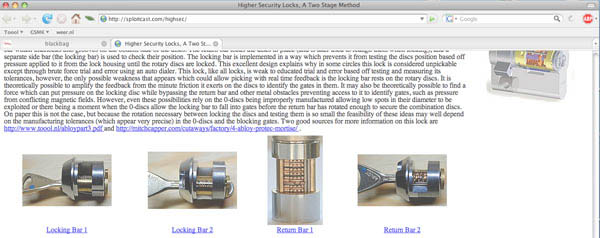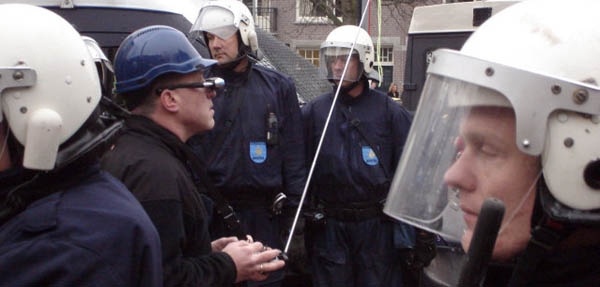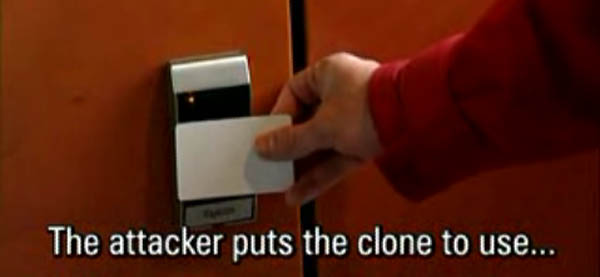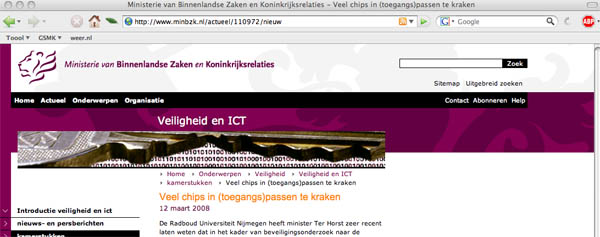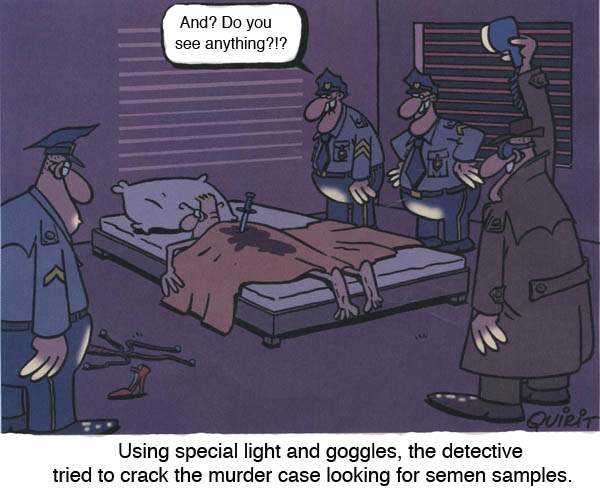I being charged up with positive energy just thinking about the Dutch Open….
The open and relaxed atmosphere, the knowledgeable people, the world class presentations, the hands-on workshops, the flow of creative energy, the championships, the most beautiful prizes to win, the unique locks and tools people show and sell, the parties, the ‘free beer’…. and so much more….
It has become the place where the industry meets the lockpickers and vice versa.
As far as I know it is a one of a kind, non-commercial, event.
And for us it is a big challenge to organize it. Every year we manage to create a bigger and better event, and every year the quality of speakers and presentations goes up.
This year is no exception, as we will try to raise the bar again. We promise: the Dutch Open 2008 will be bigger and better then ever before.
Already, a world class speaker committed to disclose in depth details of one of the most ingenious lock hacks I have ever encountered. I was briefed last year on this attack, and I must say I never ever have seen anything like it. Pure brilliance! The implications of this ‘hack’ are severe. At best, one of the most influential lock companies will ‘only’ have its reputation shred to pieces. Worst case scenario is they will go bankrupt over it. My guess is that millions of owners of this ‘unpickable’ high security lock are going to demand an upgrade or lock replacement. This summer a book will be released covering this amazing story. I am sure it will cause quite a stir in the US. Of course this book will be available at a very high discount in Sneek.
If you want to hear the full story (including gory details), and if you want to try this opening technique yourself, you will have to attend the 2008 Dutch Open ….
Sneak preview: some images that do not make any sense now, but surely will after the presentation ….

Because of this special presentation, and because we expect lots of international visitors, we decided to add one extra day for presentations at this years event. So the event will be from Thursday evening till Sunday evening.
And this years Dutch Open will be held in October, not November or December.
The reason we selected October is to give international visitors more value for money. After all, in October the famous ‘Essen Security Show‘ is held. So why not have our international guests join us and enjoy one of the biggest physical security shows on the planet.
Because that is what the security show in Essen (7-10 October) is. Here you can learn about the latest innovations in the area of physical security. Check companies present, and check my blog posting on the security ’06 show. Can you imagine a better way to kick off the Dutch Open?
Including the security show visit, the schedule for this years Dutch Open is following:
October 6-7-8 pick up various visitors from airport and drop at local hotels or friends places.
October 8 (wednesday) 20:00-23:00 visit the regular Toool meeting in Amsterdam
October 9 (thursday) Wake up early and visit the security show in Essen. In the evening drive to Sneek.
(people not attending Essen can go directly to Sneek)
October 10 (Friday) Presentations and workshops.
October 11 (Saturday) Championships (lockpicking, impressioning, combo manipulation (?))
Champions are honored at the ‘Dutch Open party’ later that evening.
October 12 (Sunday) Final presentations and the end of the event.
And even though we already have a world class presentation, we are placing a call for papers.
Because we added an extra day, we have room for more speakers, more presentations, more hands-on workshops, more lock pick challenges and other topics.
Please do not hesitate and send us your proposal before July 20, 2008.
On August 1 we will post the full Dutch Open 2008 schedule.
So tell your boss you will take some day’s off in October, and register now ….
The number of available seats is limited to 100 … and … First-come first served!
Mail us at: dutch-open-2008@toool.nl
(To give you an idea what to expect, some links about previous Dutch Open’s: click 1 2 3 4 5 6 7 or 8)

